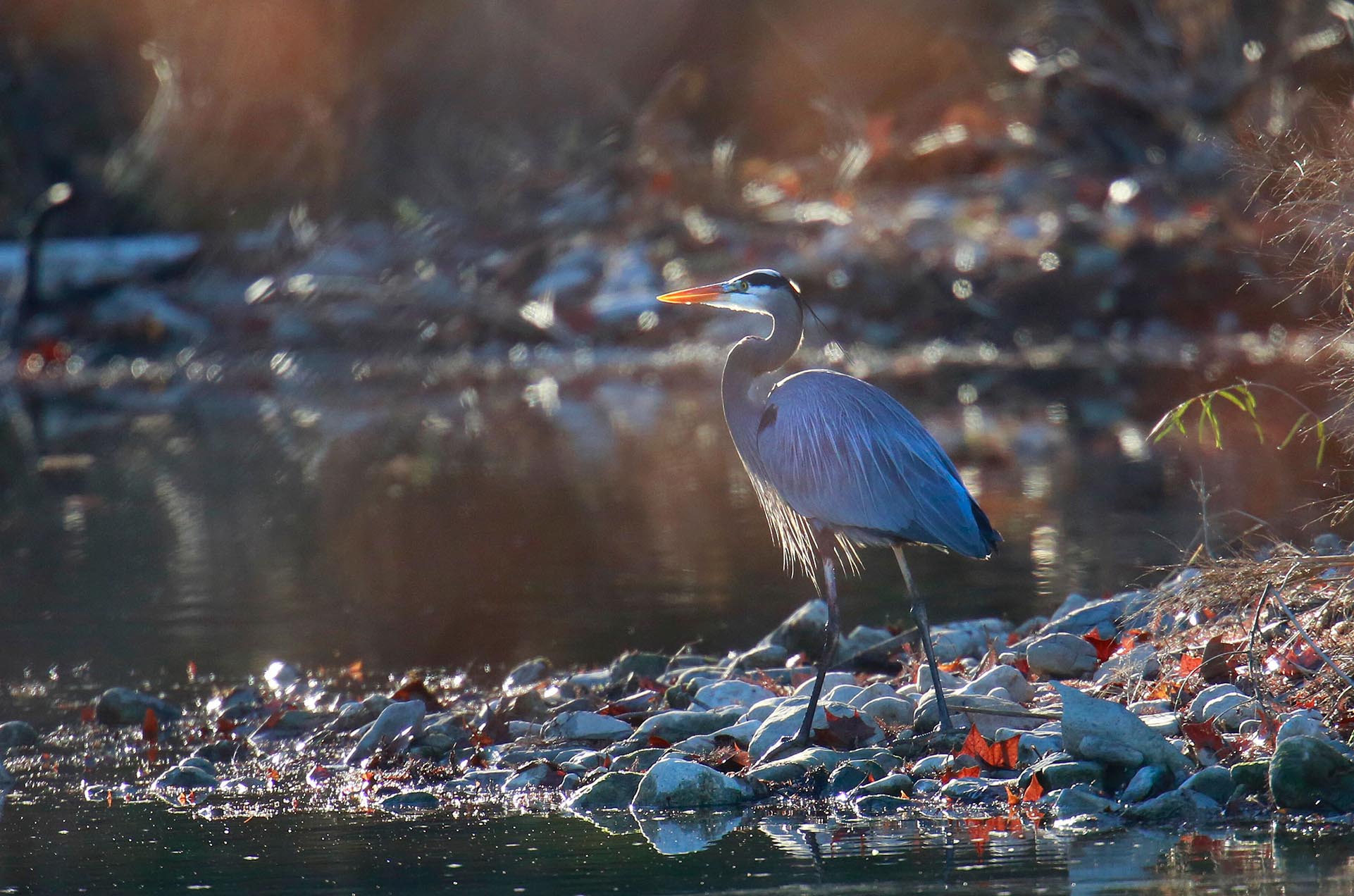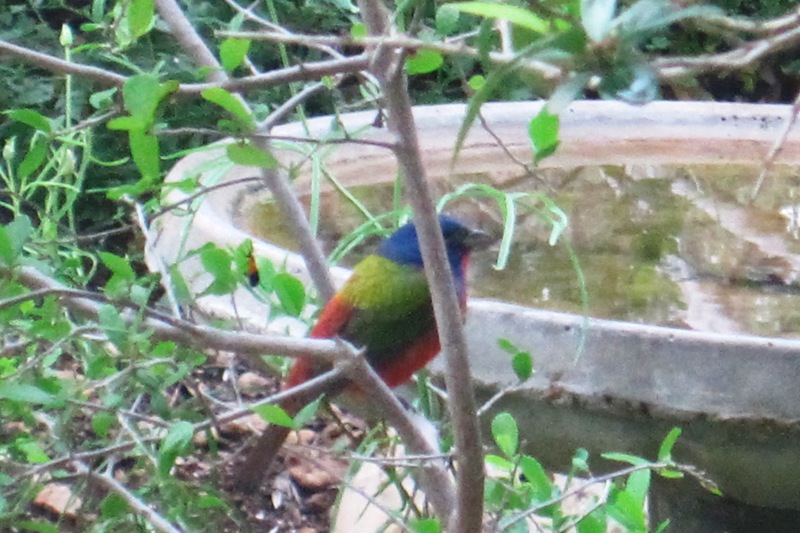Wildlife
The Importance of Protecting Wildlife
At Comal Conservation our work is focused on leaving a Comal County to our kids that is as wild and rugged as the one we were so lucky to inherit. The wildlife of this region remains an indicator of success and inspires connection with the land. Here is what you need to know about wildlife.
Biodiversity and Ecosystem Health
Wildlife plays a vital role in maintaining the health of our ecosystems. Each species, no matter how small, contributes to the ecological balance. Predators control the population of other animals, pollinators ensure the reproduction of plants, and decomposers break down organic matter, enriching the soil. When a species is lost, it can disrupt these natural processes, leading to negative impacts on the entire ecosystem.


Photo courtesy Dan Tharp
Photo courtesy Eva Silverfine Ott
Environmental Indicators
Wildlife acts as a natural indicator of environmental health. Changes in animal populations can signal shifts in environmental conditions, such as pollution levels, climate change, or habitat destruction. By monitoring wildlife, we can gain insights into the health of our environment and take proactive measures to address any issues.
Economic Benefits
Healthy wildlife populations contribute to the local economy. Ecotourism, for instance, attracts visitors from around the world, providing income and jobs for the community. Wildlife makes living in Comal County so much more enjoyable and connects us with our Texas heritage.
Cultural and Recreational Value
Wildlife enriches our lives by providing recreational opportunities and enhancing our connection to nature. Bird watching, hiking, and photography are just a few activities that people enjoy in the presence of diverse wildlife. Additionally, many cultures hold wildlife in high regard, often featuring animals in their folklore, art, and traditions.
Threats to Wildlife
Photography Credits – Banner: Jordan Moore, Blue Heron, Dan Tharp, Painted Bunting: Eva Silverfine Ott
